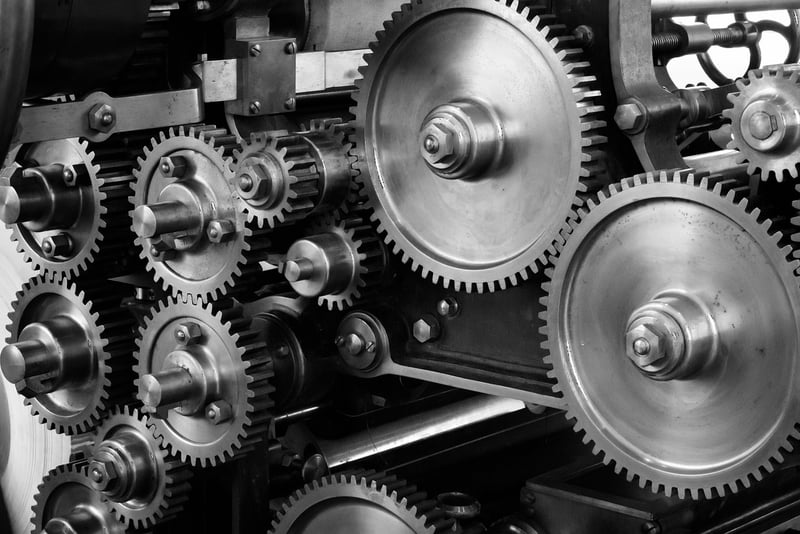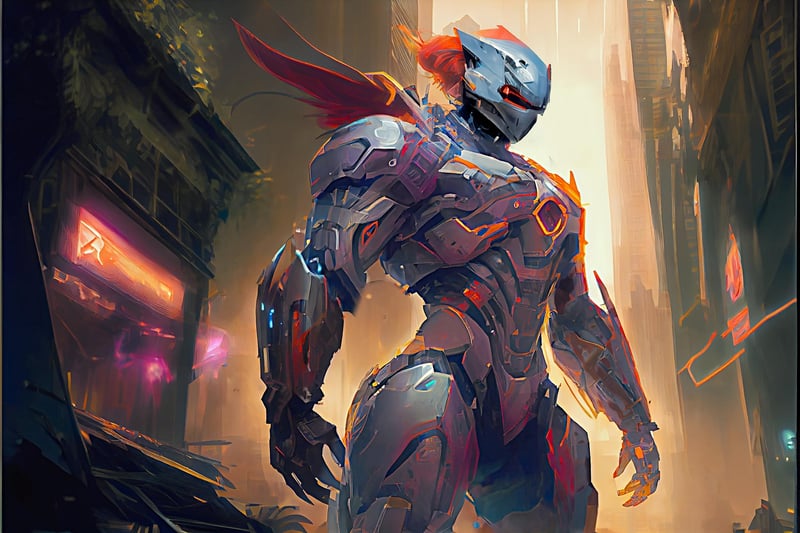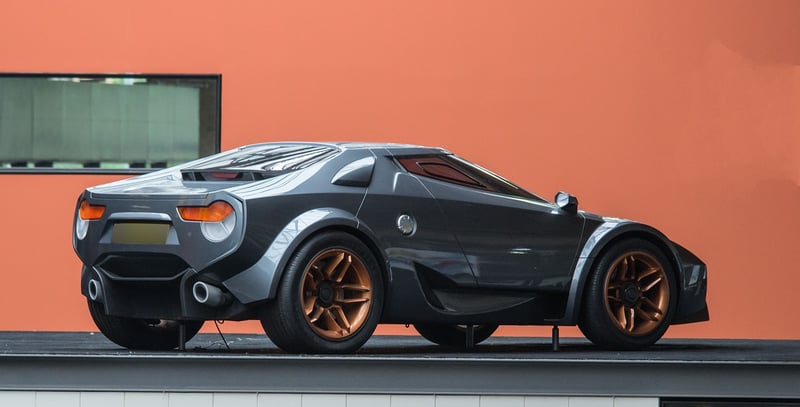Experimental Prototypes
Exploring Machines and Experimental Prototypes
Introduction
From simple tools to complex automated systems, machines have played a crucial role in shaping human civilization. In this article, we delve into the world of machines and experimental prototypes, exploring their functions, designs, and potential impact on the future.
The Evolution of Machines
Machines have evolved significantly over time, from early mechanical devices to advanced computer-controlled systems. Each iteration has brought about greater efficiency, precision, and automation in various industries.
Types of Machines
- Simple Machines: Basic tools like levers, pulleys, and screws that amplify or redirect force.
- Industrial Machines: Complex equipment used in manufacturing, construction, and other industrial processes.
- Robotic Machines: Automated machines capable of performing tasks with minimal human intervention.
- Experimental Prototypes: Cutting-edge designs and concepts that push the boundaries of traditional machine functionality.
Experimental Prototypes
Experimental prototypes represent the forefront of machine innovation, often incorporating advanced technologies and unconventional designs. These prototypes serve as testbeds for new ideas and approaches in various fields.
Examples of Experimental Prototypes
Explore some intriguing experimental prototypes:
- Prototype 1: A flying car concept that combines aerial mobility with road functionality.
- Prototype 2: A humanoid robot designed for assisting in healthcare and elderly care.
- Prototype 3: A self-learning AI system that adapts to user preferences and behaviors.
The Future of Machines
As technology continues to advance, machines and experimental prototypes will play an increasingly vital role in shaping our future. Innovations in AI, robotics, and automation are poised to revolutionize industries and improve our daily lives.
Challenges and Opportunities
While the potential benefits of advanced machines are vast, challenges such as ethical considerations, job displacement, and environmental impact must be carefully addressed. By navigating these challenges, we can harness the full potential of machines for the betterment of society.
Conclusion
Exploring the world of machines and experimental prototypes offers a glimpse into the boundless creativity and innovation driving technological progress. By embracing new ideas and pushing the limits of what is possible, we pave the way for a future where machines enhance our capabilities and improve our quality of life.


